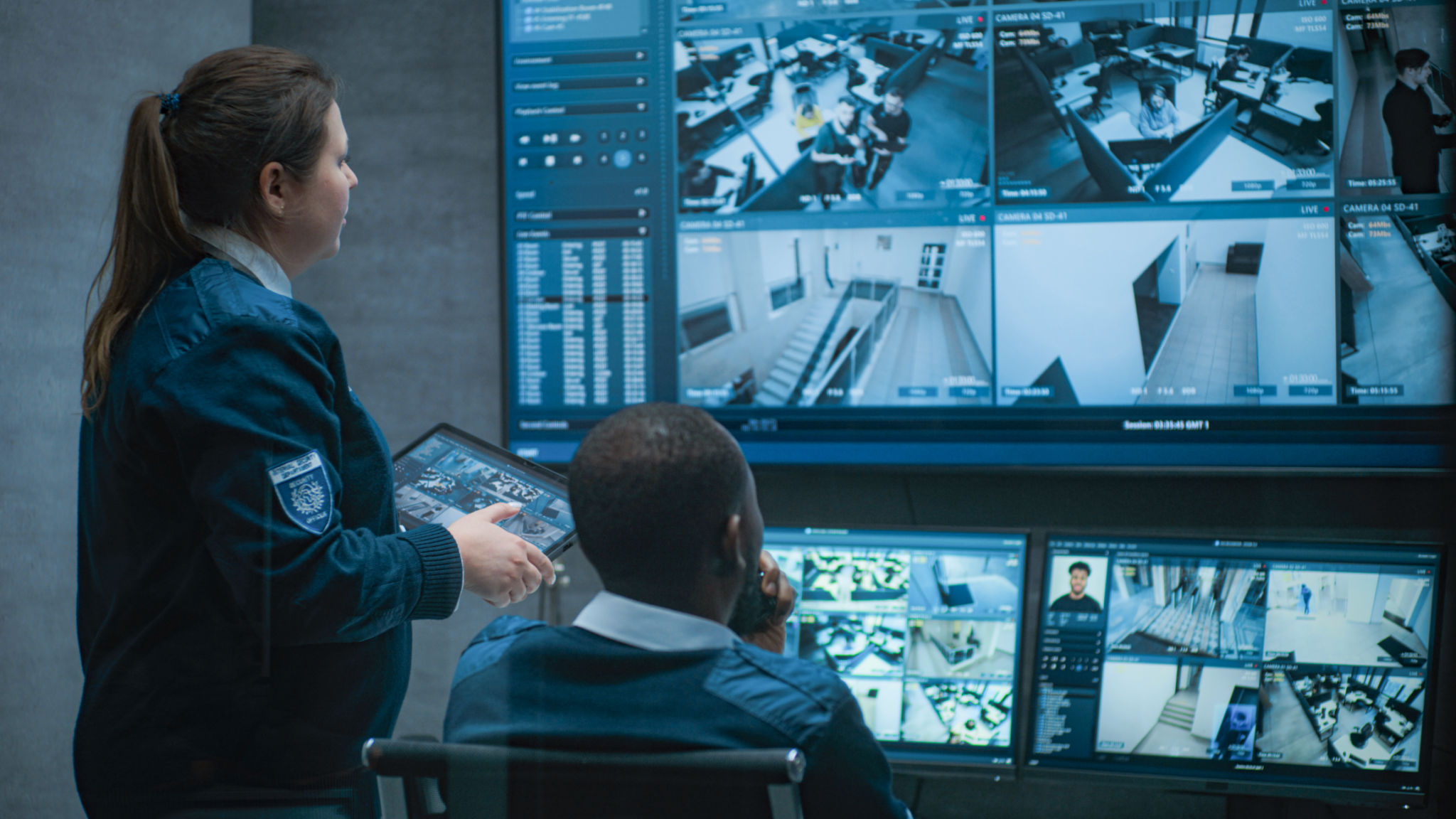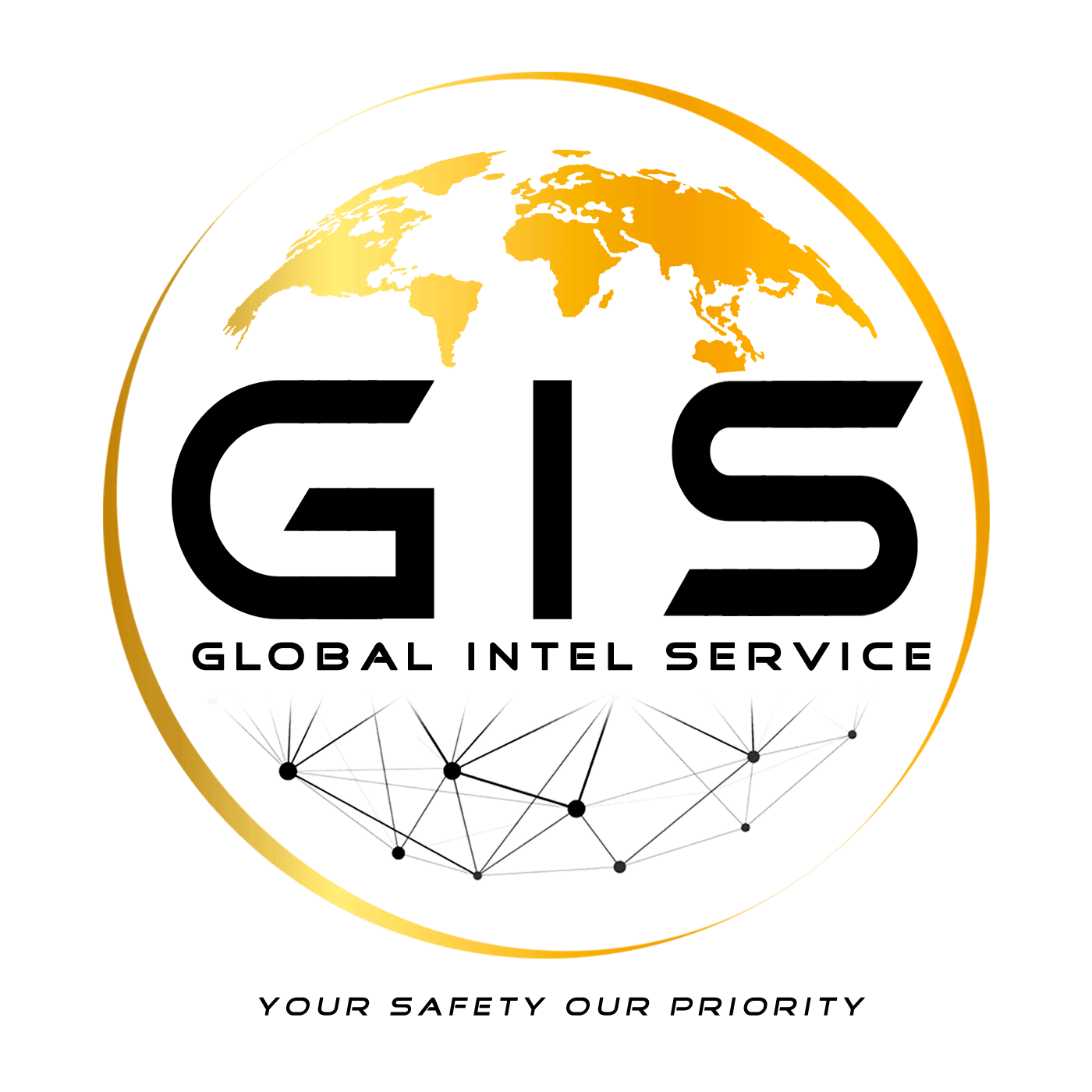Enhancing Hospital Safety: A Physical Security Advisory Approach
The Importance of Hospital Safety
In the fast-paced world of healthcare, ensuring the safety of both patients and staff is paramount. Hospitals, being complex environments with numerous entry and exit points, are particularly vulnerable to security threats. By adopting a comprehensive physical security advisory approach, hospitals can enhance their safety measures, providing a secure environment for healing and care.

Understanding Security Risks in Hospitals
Hospitals face a myriad of security challenges ranging from unauthorized access and theft to more severe threats such as violence and terrorism. Understanding these risks is the first step in mitigating them effectively. A thorough risk assessment can help identify vulnerable areas within the facility and inform the development of a robust security plan.
Common security risks in hospitals include:
- Theft of medical equipment and pharmaceuticals
- Unauthorized access to sensitive areas
- Violence against staff or patients
- Data breaches involving patient records
Implementing Physical Security Measures
Once risks are identified, hospitals can implement physical security measures tailored to their specific needs. These measures often include access control systems, surveillance cameras, and trained security personnel. Access control systems can regulate who enters the facility, ensuring that only authorized individuals have access to critical areas.

Surveillance cameras, strategically placed throughout the hospital, act as both a deterrent and a tool for monitoring ongoing activities. Additionally, having well-trained security personnel on-site can quickly address and neutralize potential threats, providing peace of mind to patients and staff alike.
Integrating Technology for Enhanced Security
Incorporating advanced technology into hospital security plans can significantly boost safety. Technologies such as biometric access controls and real-time location systems (RTLS) allow for precise monitoring of personnel and equipment. These systems can help streamline operations while ensuring that only authorized personnel access sensitive areas.

Moreover, integrating security systems with hospital management software enables real-time data analysis and incident reporting. This integration facilitates quick responses to any security breaches and assists in developing preventative strategies.
The Role of Staff Training and Awareness
While physical security measures are essential, staff training and awareness play a crucial role in maintaining hospital safety. Regular training sessions should be conducted to educate staff about the importance of security protocols and how to respond effectively during emergencies. Encouraging a culture of vigilance among staff members can significantly reduce the likelihood of security incidents.
Additionally, implementing a simple reporting system for suspicious activities ensures that potential threats are identified and addressed promptly.
Conclusion: A Secure Environment for Healing
Enhancing hospital safety through a physical security advisory approach requires a harmonious blend of technology, physical measures, and human vigilance. By addressing potential risks and implementing comprehensive security strategies, hospitals can create a safe environment where healthcare professionals can focus on what they do best—providing exceptional care to their patients.

